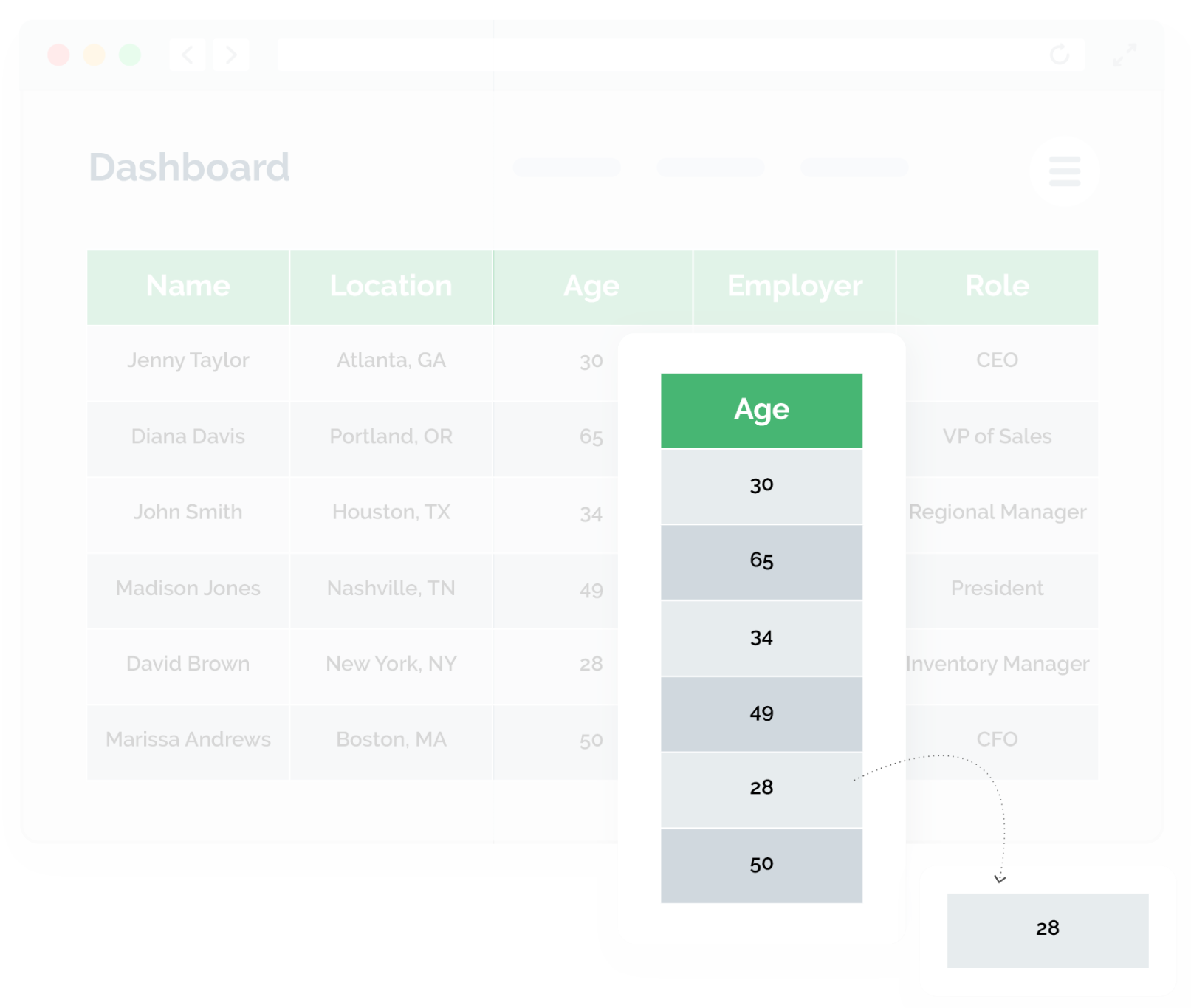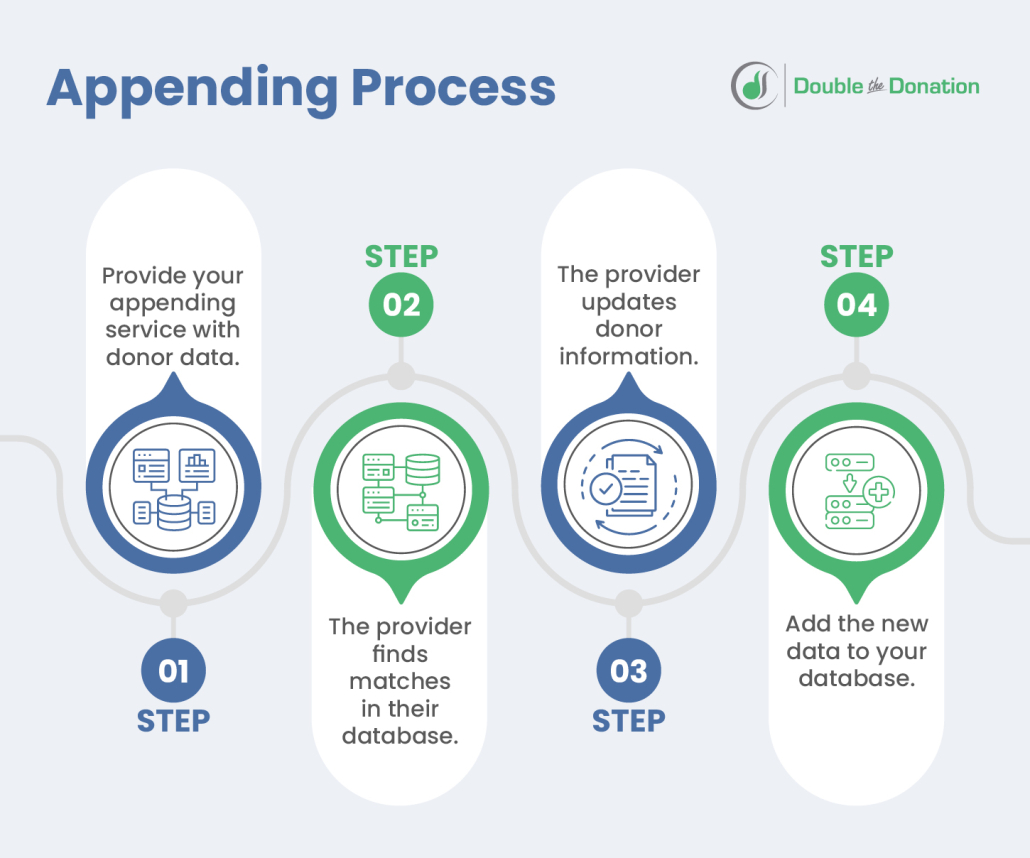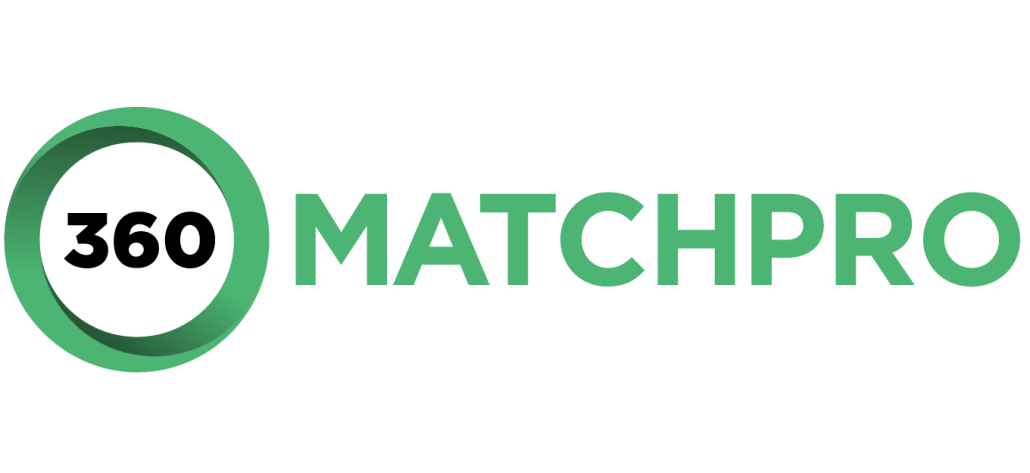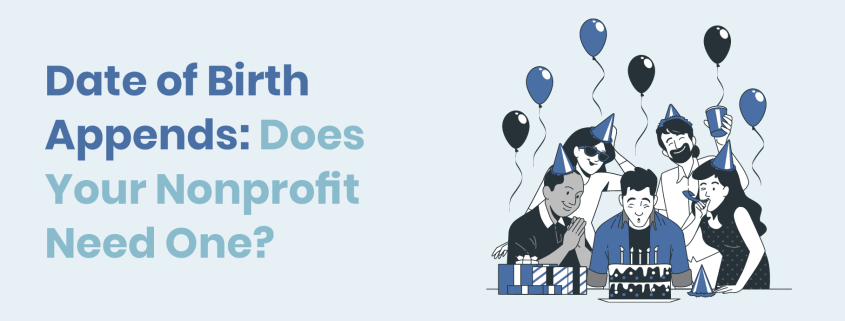Date of Birth Appends: Does Your Nonprofit Need One?
Is today your birthday? Probably not, but chances are that it’s at least a few of your donors’ birthdays! To know for sure, nonprofits can use date of birth appends.
With this information, you can unlock new ways to connect with donors, improve donor relations, and even launch more fundraisers. But just what are data appends, and is getting one the right choice for your nonprofit?
In this guide, we’ll explore the essentials of these appends, how you can use one, and what to look for in an appending service.
What is a date of birth append?
Date of birth appends are supplement information you can add to your donor profiles that fill in their dates of birth. There are all kinds of appending services, like those for phone numbers and email addresses.
However, while birthday information is doubtful to change over time like phone numbers and email addresses can, it’s also much harder to easily ask donors for this information in a natural way. After all, while it’s important to keep your various registration and donation forms short, it also means you might be missing out on helpful information, like birthdays.
Date of birth appends give you the information you need without inconveniencing your donors.
How do date of birth appends help nonprofits?
With a phone or email append, you can obviously use that information to get in touch with donors. But what can nonprofits use date of birth appends for? You may be surprised, but date of birth appends actually have a number of use cases, including:
- Birthday fundraisers. Some supporters like to spend their birthdays helping a cause they care about. Platforms like Facebook allow users to host birthday fundraisers in which they can raise money on behalf of a nonprofit. When you know your supporters’ dates of birth, you can encourage them to launch birthday fundraisers at the right moment.
- Voter registrations. Nonprofits that encourage or provide voter registration assistance can benefit from knowing supporters’ 18th birthdays. Along with sending them a birthday card, they can send them information about registering to vote. Political campaigns with Get Out the Vote efforts also need to know how old their supporters are to properly target eligible voters.
- Segmentation. When you know your supporters’ birthdays, you also know their ages. Use this data to segment donors based on age and provide tailored engagement and marketing opportunities For example, knowing donors’ ages is essential for identifying those who are most likely to participate in planned giving.

- Engagement opportunities. A birthday is a special occasion in your supporters’ lives, and you can join the celebration! Try using eCard software to create and send electronic greeting cards on supporters’ birthdays to show you’re thinking about them. For example, check out this fun eCard from Open Door Veterinary Clinic:

If any of these use cases fit your nonprofit’s needs and your donor database is lacking in birthdays, then a date of birth append is right for you!
How can my nonprofit get a date of birth append?
If you’re ready to move forward with a date of birth append, your nonprofit should still be aware of two things: how the appending process works and how to assess appending service providers.
Append Process
The appending process is relatively straightforward, and for the most part, your appending service will handle it entirely for you. Still, to help you assess different appending services, it’s important to know what’s going on behind the scenes. Here’s a basic overview of how birthday appends work:

- Provide your appending service with donor data. You will need to share identifying donor information with your appending service, such as names, email addresses, and phone numbers. You don’t have to clean up your data before giving it to an appending service, but doing so can help the process go quicker and provide more accurate results.
- The provider finds matches in their database. Using the data you provided, the appending service will compare it to the various databases they have access to. For example, suppose you have someone’s email address. In that case, your service provider might search several databases until they find that email address logged somewhere else where a birth date was also given.
- The provider updates donor information. The provider will fill out each donor record with the data they think is accurate. To verify the data and check for mistakes, the provider will run a quality check and ensure all information is entered correctly.
- Add the new data to your database. When you receive the appended data, you’ll need to add it to your donor database. Sync the information with your database to avoid entering it manually.
If you have any questions about how specific providers conduct the appending process, ask them. For instance, some may require your donor data to be submitted in a specific format, whereas others just need an exported file of the records, no matter what state it’s in.
Append Provider
There are a variety of appending providers out there that cater to both nonprofits and commercial businesses. To find the right service that caters to your organization’s budget and needs, look for these qualities:

- Trustworthy and secure. Since you’ll share your donors’ identifying information with your appending service, make sure the service is reputable and has strong security measures in place. Work with a provider that’s trusted in the nonprofit space and uses data encryption when handling your sensitive information.
- Accurate data. Wishing a supporter a happy birthday on the wrong day is never a good look. If available, check reviews to see how accurate the appending service usually is. Some services will provide accuracy ratings for how confident they are in their findings
- Fast turnaround time. Check how quickly providers claim their turnaround times are. However, be careful of timelines that seem too good to be true, as those providers may end up sacrificing accuracy in the name of speed.
- Reasonable pricing. Compare price models of various services. Some appending services charge based on the number of records appended, whereas others use subscription models to keep their donor data up-to-date. While birthdays don’t change, you regularly get new supporters whose birthdays you need!
- Additional appending services. If you need a date of birth appending service, you may need other appends. We’ve already discussed email and phone appends, but there are also appends for demographic data, employers, and home addresses that can strengthen your outreach and fundraising.
Based on these qualities, you can choose a servicer that will work for you!
More Appending Resources
Date of birth appends open doors to connecting with donors, generating advocacy support, and launching new fundraisers. When purchasing a date of birth append, research your options to find a trusted provider in the nonprofit sector who can provide accurate information in a timely manner.
Remember, date of birth appends are just one type of append. Explore these resources to discover even more about appends and how your nonprofit can use them:
- What Is a Date of Birth Append? A Comprehensive Guide. Need even more information on date of birth appends? Check out this comprehensive guide, which provides additional background information like more use cases!
- Phone Appending: The Secret to Better Marketing Results. Phone appends can dramatically improve your ability to get in touch with supporters. Take a deep dive into phone appends and how to get one.
- Data Append – Nonprofit Catalog. If you need an overview of appends, explore this guide that breaks down the basics of these services and how they can benefit nonprofits.



